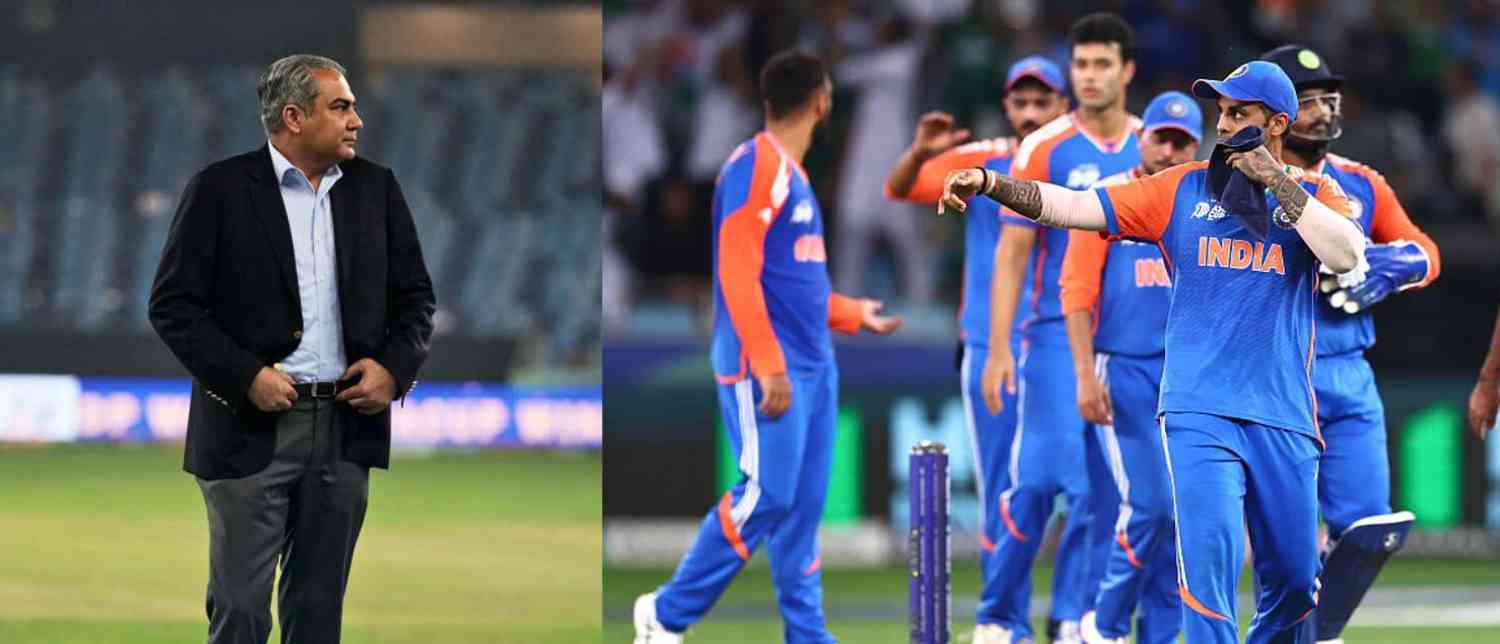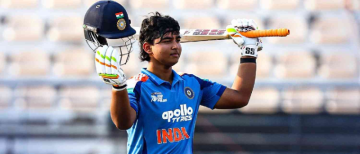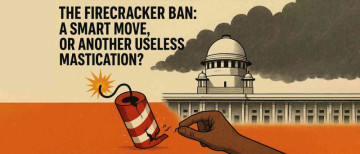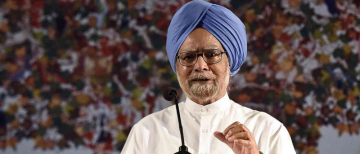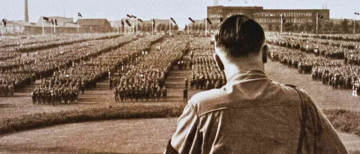India’s refusal to accept a cricket trophy from the chief of the Pakistan Cricket Board (PCB), Mohsin Naqvi, has stirred discussions far beyond the game itself. The episode, which took place after the recently concluded tournament in Pakistan, has drawn attention to the long-standing tensions between politics, diplomacy, and sport in South Asia. According to reports, when the victorious Indian team was invited to receive the trophy from Naqvi, players declined the gesture. Instead, Naqvi reportedly carried the trophy back himself, symbolising a moment that captured headlines and debates across both nations.
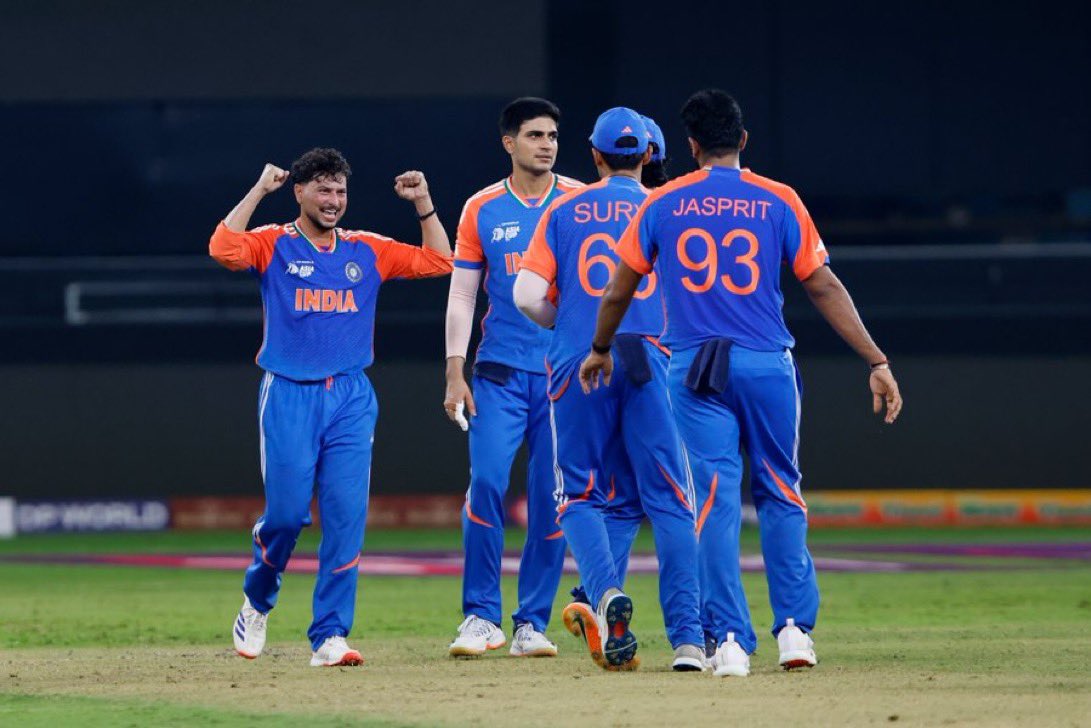
Cricket is more than a sport in India and Pakistan; it is a tool of identity and national pride. Every match between the two countries is closely followed by millions, often catching worldwide coverage. What should have been a joyous and ceremonial conclusion to the tournament has instead become a talking point about why sport and politics continue to tangle in the subcontinent.
For many observers, the Indian team’s decision is not just about one gesture or one official. It seems to reflect the uneasy cricketing relationship between India and Pakistan. Since political ties between both countries have remained strained for decades, cricket has often been forced to mirror those divides. Tournaments are cancelled, series are rare, and when they do happen under multilateral events, the tension is visible both on and off the field.
Naqvi, the PCB chief, is not merely a sports administrator, but also a government insider with political connections. His position, like many similar roles in the cricket boards of both nations, is not separated from the broader political climate. When the Indian team refused to collect the trophy, it was widely interpreted through this lens: accepting the prize from him could be seen as a message of goodwill, while refusing it conveyed restraint or rejection.
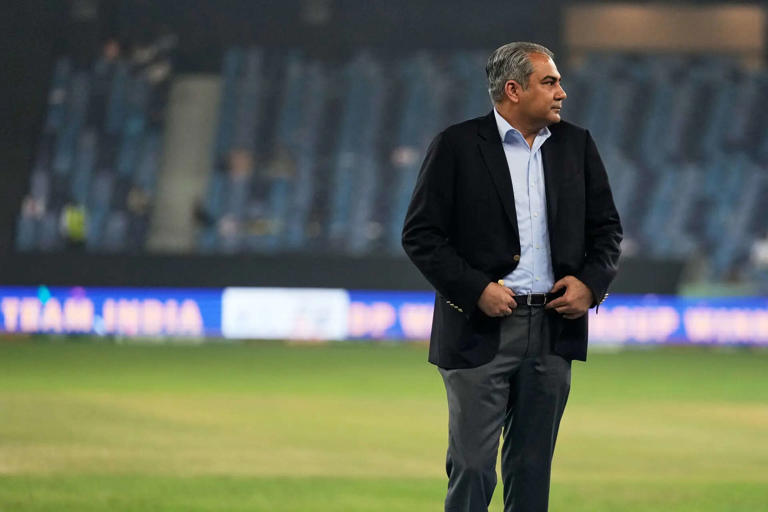
This is not the first such episode involving symbols and gestures in cricket diplomacy. In the past, symbolic acts—like captains shaking hands, exchanging jerseys, or sharing laughs despite heated contests—have carried weight much beyond the boundary line. Such images are celebrated because they show unity in spite of differences. On the other hand, a refusal, like in this case, gets immediately linked with “political undertones.”
It raises an important question: are sportspeople free to simply play, or do they become pawns in a political chessboard? While administrators, governments, and media interpret gestures in diplomatic terms, players are often caught in the centre. The Indian team’s move may be seen in different ways. Some argue it shows their commitment to avoid political controversy. Others believe it risks being interpreted as a statement of hostility, even if the players did not intend it to be such.
Sports should ideally be a bridge between nations. Many fans argue that the real trophy should be the joy of watching world-class athletes compete, not the hands in which an award is placed. Yet given the political landscape, expecting cricket to stay separate from politics may be an idealistic hope.
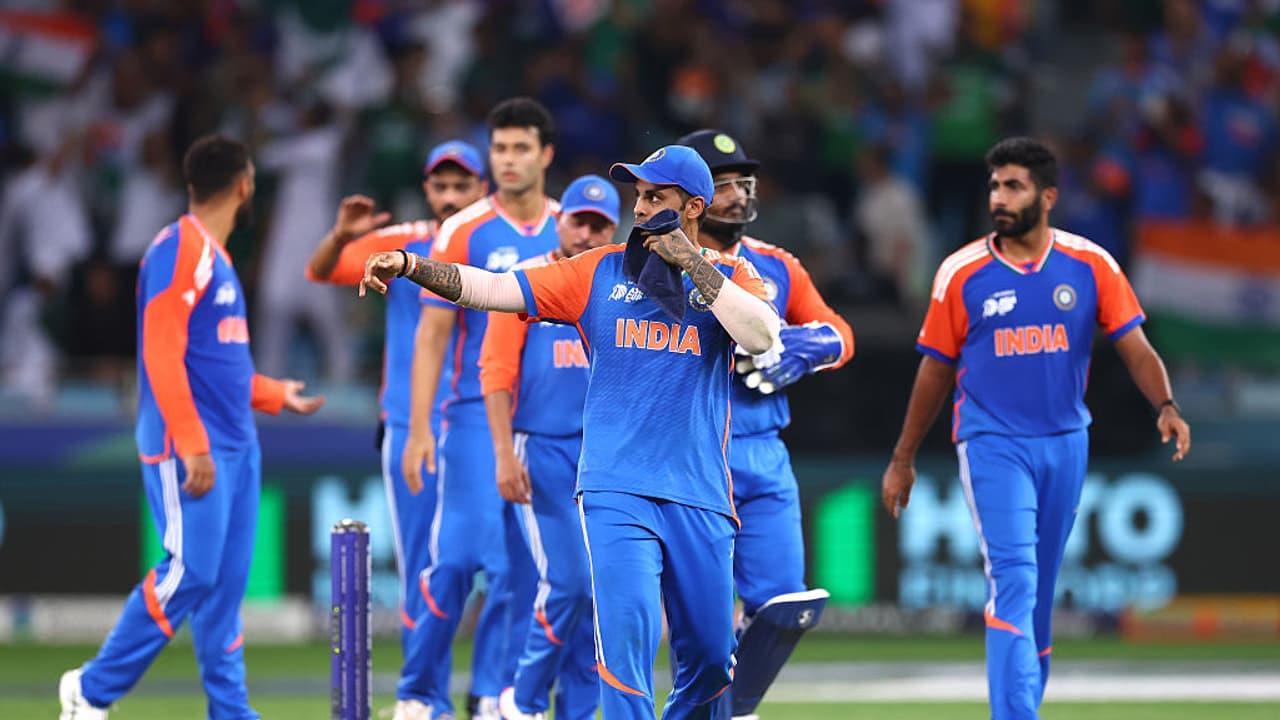
Reactions among fans have been mixed. In India, many have applauded the team for standing firm, suggesting that accepting the trophy might have created headlines of “friendship” that do not reflect the real relationship between the two governments. Others in India, however, feel the gesture was too rigid. Sports, they say, is precisely the stage where goodwill matters most.
In Pakistan, the refusal was seen by some as disrespectful towards their cricket board. Social media commentary was quick to frame it as evidence of India’s unwillingness to soften its stance. At the same time, there are also voices in Pakistan’s cricket fraternity who criticised Naqvi himself, suggesting his role allowed politics to overshadow the sporting celebration.
This event demonstrates that small acts in sports—like lifting a trophy—carry weight far heavier than their physical presence. No matches or fans were lost because of this refusal, but it added to a long list of moments when India and Pakistan cricket could not escape the shadow of broader politics.
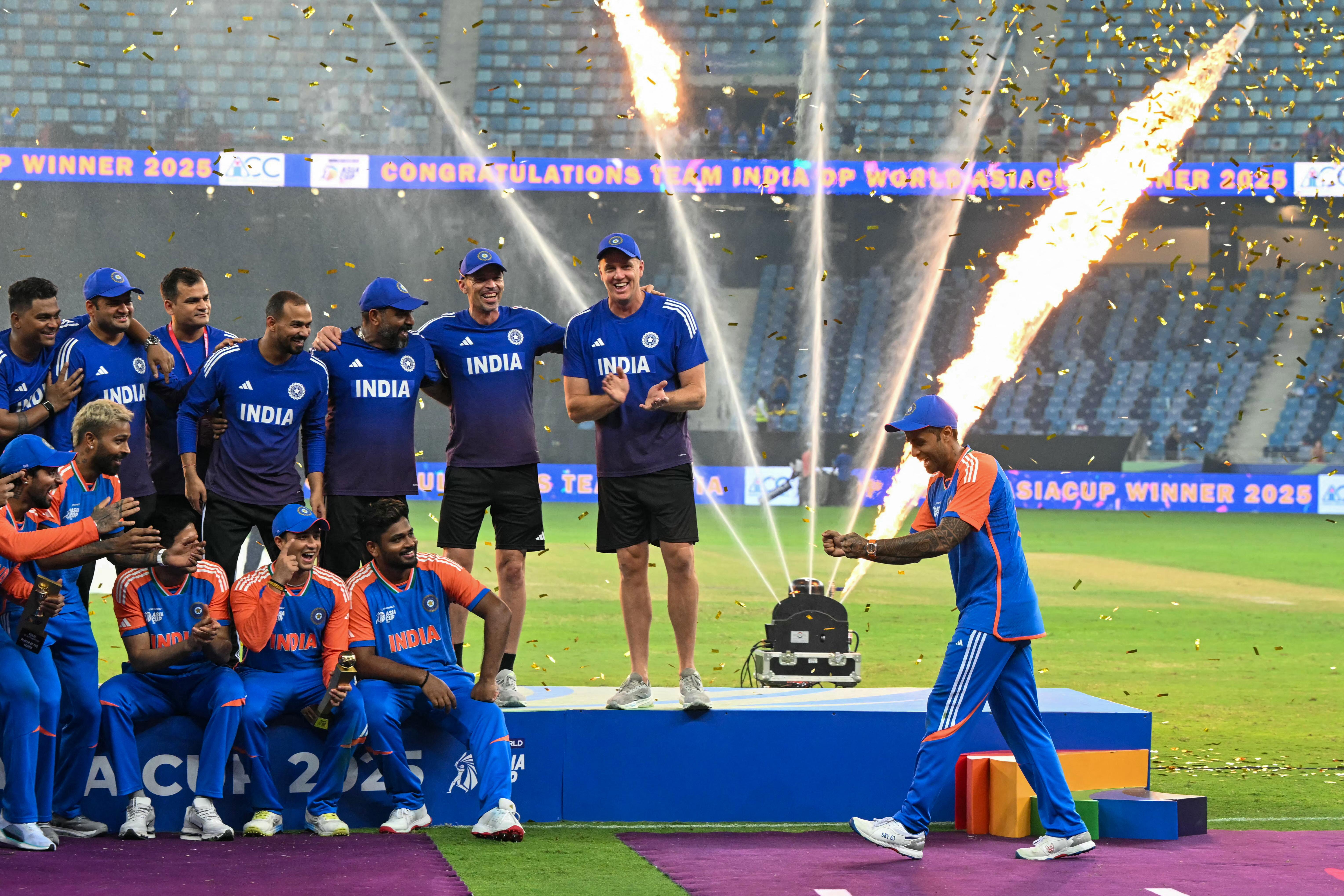
Globally, cricket is often praised for its potential role in diplomatic softening. “Cricket diplomacy” between India and Pakistan in the 1980s and early 2000s is remembered as a rare example of sporting events improving bilateral atmospheres. But episodes like Naqvi carrying the trophy home remind us how fragile and unfinished such attempts are.
In the end, the question might not be who lifted the trophy but whether it matters in the larger picture. If cricket can inspire emotion, unity, and national pride, can it also rise high enough to push back political hostility? For the moment, the answer is unclear, and the trophy stands not as a symbol of victory but as another reminder of the divide.
With inputs from agencies
Image Source: Multiple agencies
© Copyright 2025. All Rights Reserved. Powered by Vygr Media.

